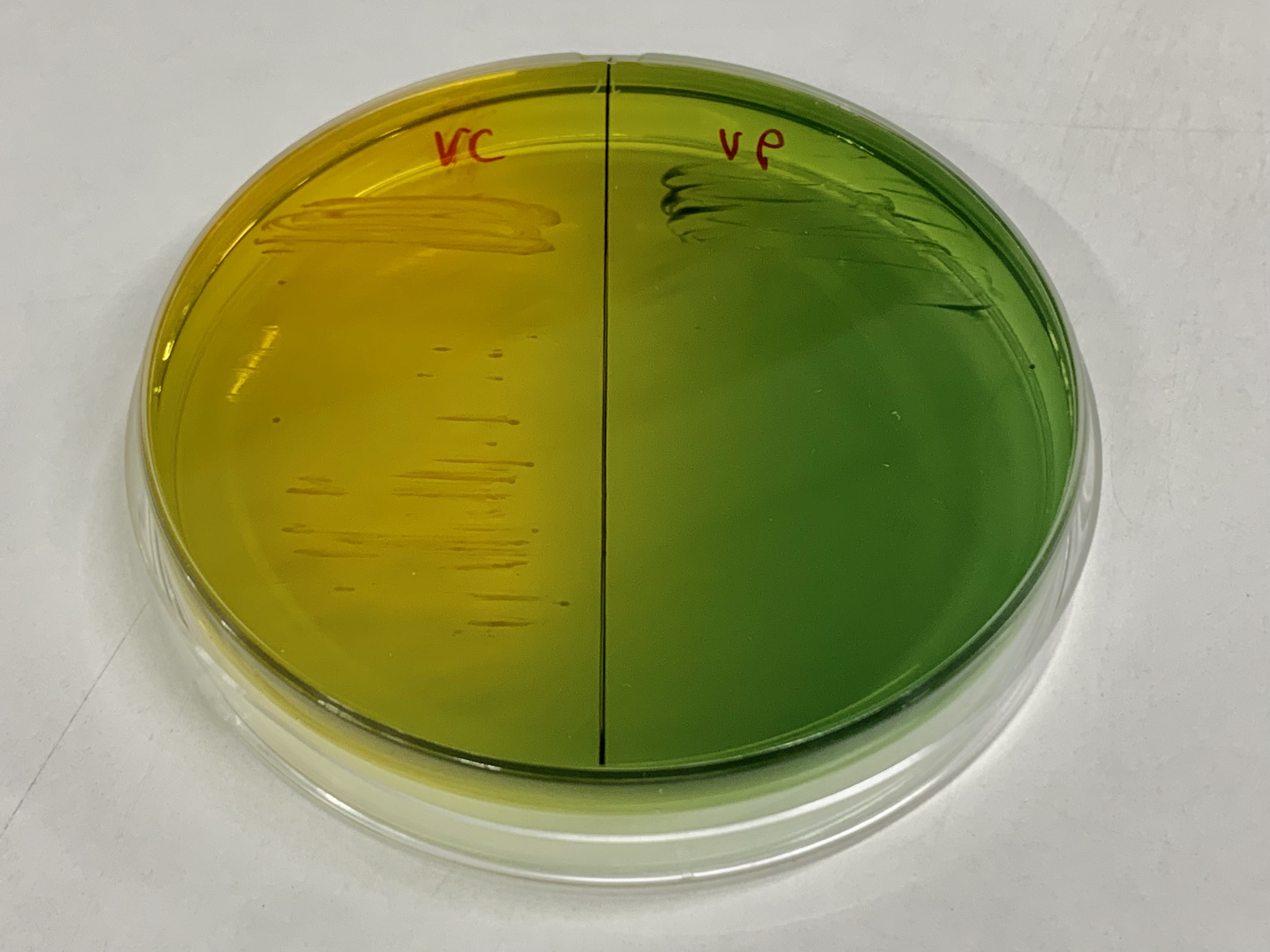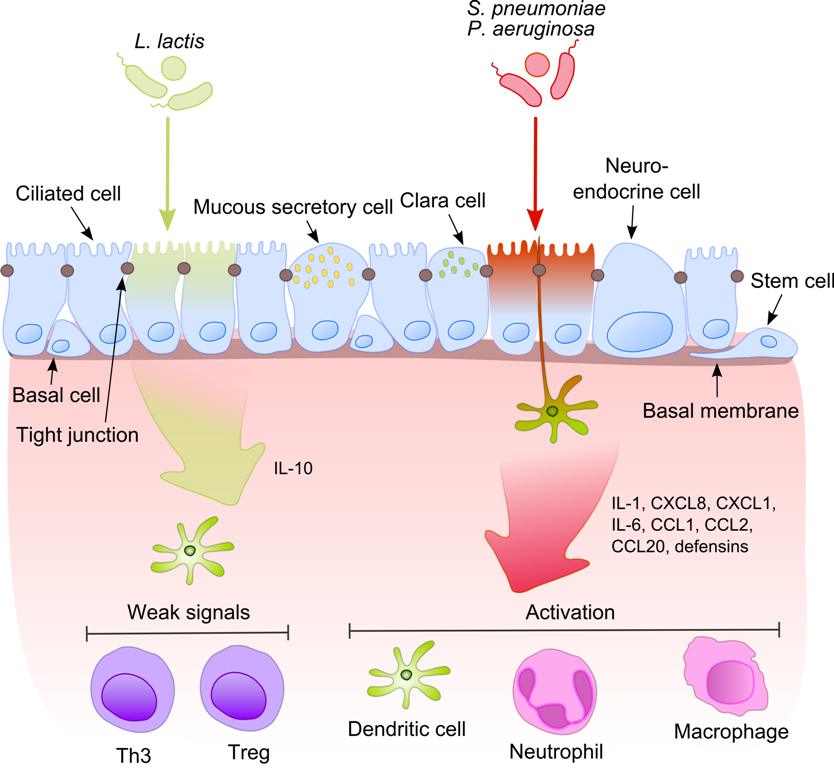|
Vibrion
Vibrion may also refer to: the singular form of ''vibrio'', a genus of anaerobic bacteria with a comma-like shape. Vibrion is an antiquated term for microorganisms, especially pathogenic ones; see Germ theory of disease. The term was specifically used in reference to motile microorganisms, and the name of the genus ''Vibrio'' derives from this term. The term is closely tied to the history of the study of cholera. It was used in biological literature between the late 19th century and the 1920s. Early Identification and Characterization of ''Vibrio'' bacteria Bacteria with the same characteristics as those of the genus ''Vibrio'' were discovered independently multiple times, but only later findings were able to connect these bacteria with cholera, tetanus, and other diseases. Leeuwenhoek may have observed ''Vibrio'' bacteria after his discovery of “animalcules” described in his letters to the Royal Society. He described microorganisms with the same appearances and behaviors as ... [...More Info...] [...Related Items...] OR: [Wikipedia] [Google] [Baidu] |
Vibrio Cholerae
''Vibrio cholerae'' is a species of Gram-negative bacteria, Gram-negative, Facultative anaerobic organism, facultative anaerobe and Vibrio, comma-shaped bacteria. The bacteria naturally live in Brackish water, brackish or saltwater where they attach themselves easily to the chitin-containing shells of crabs, shrimp, and other shellfish. Some strains of ''V. cholerae'' are pathogenic to humans and cause a deadly disease called cholera, which can be derived from the consumption of undercooked or raw marine life species or drinking contaminated water. ''V. cholerae'' was first described by Félix-Archimède Pouchet in 1849 as some kind of protozoa. Filippo Pacini correctly identified it as a bacterium and from him, the scientific name is adopted. The bacterium as the cause of cholera was discovered by Robert Koch in 1884. Sambhu Nath De isolated the cholera toxin and demonstrated the toxin as the cause of cholera in 1959. The bacterium has a flagellum (a tail like structure) at one ... [...More Info...] [...Related Items...] OR: [Wikipedia] [Google] [Baidu] |
Vibrio
''Vibrio'' is a genus of Gram-negative bacteria, which have a characteristic curved-rod (comma) shape, several species of which can cause foodborne infection or soft-tissue infection called Vibriosis. Infection is commonly associated with eating undercooked seafood. Being highly salt tolerant and unable to survive in freshwater, ''Vibrio'' spp. are commonly found in various salt water environments. ''Vibrio'' spp. are facultative anaerobes that test positive for oxidase and do not form spores. All members of the genus are motile. They are able to have polar or lateral flagellum with or without sheaths. ''Vibrio'' species typically possess two chromosomes, which is unusual for bacteria. Each chromosome has a distinct and independent origin of replication, and are conserved together over time in the genus. Recent phylogenies have been constructed based on a suite of genes (multilocus sequence analysis). O. F. Müller (1773, 1786) described eight species of the genus ''Vibrio ... [...More Info...] [...Related Items...] OR: [Wikipedia] [Google] [Baidu] |
Otto Friedrich Müller
Otto Friedrich Müller, also known as Otto Friedrich Mueller (2 November 1730 – 26 December 1784) was a Denmark, Danish natural history, naturalist and scientific illustrator. Biography Müller was born in Copenhagen. He was educated for the church, became tutor to a young nobleman, and after several years' travel with him, settled in Copenhagen in 1767, and married a lady of wealth. His first important works, ''Fauna Insectorum Friedrichsdaliana'' (Leipzig, 1764), and ''Flora Friedrichsdaliana'' (Strasbourg, 1767), giving accounts of the insects and flora of the estate of Frederiksdal House, Frederiksdal, near Copenhagen, recommended him to Frederick V of Denmark, by whom he was employed to continue the ''Flora Danica'' a comprehensive atlas of the flora of Denmark. Müller added two volumes to the three published by Georg Christian Oeder since 1761. The study of invertebrates began to occupy his attention almost exclusively, and in 1771 he produced a work in German on “Cer ... [...More Info...] [...Related Items...] OR: [Wikipedia] [Google] [Baidu] |
Bacterial Taxonomy
Bacterial taxonomy is subfield of taxonomy devoted to the classification of bacteria specimens into taxonomic ranks. Archaeal taxonomy are governed by the same rules. In the scientific classification established by Carl Linnaeus, each species is assigned to a genus resulting in a two-part name. This name denotes the two lowest levels in a hierarchy of ranks, increasingly larger groupings of species based on common traits. Of these ranks, domains are the most general level of categorization. Presently, scientists classify all life into just three domains, Eukaryotes, Bacteria and Archaea. Bacterial taxonomy is the classification of strains within the domain Bacteria into hierarchies of similarity. This classification is similar to that of plants, mammals, and other taxonomies. However, biologists specializing in different areas have developed differing taxonomic conventions over time. For example, bacterial taxonomists name types based on descriptions of strains. Zoologists am ... [...More Info...] [...Related Items...] OR: [Wikipedia] [Google] [Baidu] |
Pathogenic Bacteria
Pathogenic bacteria are bacteria that can cause disease. This article focuses on the bacteria that are pathogenic to humans. Most species of bacteria are harmless and many are Probiotic, beneficial but others can cause infectious diseases. The number of these pathogenic species in humans is estimated to be fewer than a hundred. By contrast, several thousand species are considered part of the gut flora, with a few hundred species present in each individual human's digestive tract. The body is continually exposed to many species of bacteria, including beneficial commensals, which grow on the skin and mucous membranes, and saprophytes, which grow mainly in the soil and in decomposition, decaying matter. The blood and tissue fluids contain nutrients sufficient to sustain the growth of many bacteria. The body has defence mechanisms that enable it to resist microbial invasion of its tissues and give it a natural immune system, immunity or innate immunity, innate resistance against man ... [...More Info...] [...Related Items...] OR: [Wikipedia] [Google] [Baidu] |
Clostridium Butyricum
''Clostridium butyricum'' is a strictly anaerobic endospore-forming Gram-positive butyric acid–producing bacillus subsisting by means of fermentation using an intracellularly accumulated amylopectin-like α- polyglucan (granulose) as a substrate. It is uncommonly reported as a human pathogen and is widely used as a probiotic in Japan, Korea, and China. ''C. butyricum'' is a soil inhabitant in various parts of the world, has been cultured from the stool of healthy children and adults, and is common in soured milk and cheeses. The connection with dairy products is shown by the name, the ''butyr-'' in ''butyricum'' reflects the relevance of butyric acid in the bacteria's metabolism and the connection with Latin '' butyrum'' and Greek '' βούτυρον'', with word roots pertaining to butter and cheese. Industrial relevance The study of fermentation in the 19th century was of interest not only to basic science but also as applied science funded by companies in certain indus ... [...More Info...] [...Related Items...] OR: [Wikipedia] [Google] [Baidu] |
Louis Pasteur
Louis Pasteur (, ; 27 December 1822 – 28 September 1895) was a French chemist, pharmacist, and microbiologist renowned for his discoveries of the principles of vaccination, Fermentation, microbial fermentation, and pasteurization, the last of which was named after him. His research in chemistry led to remarkable breakthroughs in the understanding of the causes and preventions of diseases, which laid down the foundations of hygiene, public health and much of modern medicine. Pasteur's works are credited with saving millions of lives through the developments of vaccines for rabies vaccine, rabies and anthrax vaccine, anthrax. He is regarded as one of the founders of modern bacteriology and has been honored as the "father of bacteriology" and the "father of microbiology" (together with Robert Koch; the latter epithet also attributed to Antonie van Leeuwenhoek). Pasteur was responsible for disproving the doctrine of spontaneous generation. Under the auspices of the French Aca ... [...More Info...] [...Related Items...] OR: [Wikipedia] [Google] [Baidu] |
Robert Koch
Heinrich Hermann Robert Koch ( ; ; 11 December 1843 – 27 May 1910) was a German physician and microbiologist. As the discoverer of the specific causative agents of deadly infectious diseases including tuberculosis, cholera and anthrax, he is regarded as one of the main founders of modern bacteriology. As such he is popularly nicknamed the father of microbiology (with Louis Pasteur), and as the father of medical bacteriology. His discovery of the anthrax bacterium ('' Bacillus anthracis'') in 1876 is considered as the birth of modern bacteriology. Koch used his discoveries to establish that germs "could cause a specific disease" and directly provided proofs for the germ theory of diseases, therefore creating the scientific basis of public health, saving millions of lives. For his life's work Koch is seen as one of the founders of modern medicine. While working as a private physician, Koch developed many innovative techniques in microbiology. He was the first to use the oil ... [...More Info...] [...Related Items...] OR: [Wikipedia] [Google] [Baidu] |
1852–60 Cholera Pandemic
Year 185 ( CLXXXV) was a common year starting on Friday of the Julian calendar. At the time, it was known as the Year of the Consulship of Lascivius and Atilius (or, less frequently, year 938 ''Ab urbe condita''). The denomination 185 for this year has been used since the early medieval period, when the Anno Domini calendar era became the prevalent method in Europe for naming years. Events By place Roman Empire * Nobles of Britain demand that Emperor Commodus rescind all power given to Tigidius Perennis, who is eventually executed. * Publius Helvius Pertinax is made governor of Britain and quells a mutiny of the British Roman legions who wanted him to become emperor. The disgruntled usurpers go on to attempt to assassinate the governor. * Tigidius Perennis, his family and many others are executed for conspiring against Commodus. * Commodus drains Rome's treasury to put on gladiatorial spectacles and confiscates property to support his pleasures. He participates a ... [...More Info...] [...Related Items...] OR: [Wikipedia] [Google] [Baidu] |
Filippo Pacini
Filippo Pacini (25 May 1812 – 9 July 1883) was an Italian anatomist, posthumously famous for isolating the cholera bacterium ''Vibrio cholerae'' in 1854, well before Robert Koch's more widely accepted discoveries 30 years later. Pacini was born in Pistoia, Tuscany, to Francesco, a humble cobbler, and Umiltà Dolfi, but was given a religious education in hopes that he would become a bishop. However, in 1830, he was given a scholarship to the most venerable medical school in Pistoia. He learned his job as a doctor and how to examine and dissect dead bodies under a microscope. In 1831, during a dissection class, Pacini discovered small sensory organs in the nervous system which can detect pressure and vibrations. He studied them closely from 1833 on, and first discussed them in 1835 at the ''Società medico-fisica'' in Florence, but did not publish his research ("''Nuovi organi scoperti nel corpo umano''") until 1840. Within just a few years, the work was widely known in Europ ... [...More Info...] [...Related Items...] OR: [Wikipedia] [Google] [Baidu] |
Infusoria
Infusoria is a word used to describe various freshwater microorganisms, including ciliates, copepods, Euglena, euglenoids, planktonic crustaceans, protozoa, unicellular algae and small invertebrates. Some authors (e.g., Otto Bütschli, Bütschli) have used the term as a synonym for Ciliophora. In modern, formal classifications, the term is considered obsolete; the microorganisms previously and colloquially referred to as Infusoria are mostly assigned to the clades Diaphoretickes (e.g. ciliates, most algae), Amorphea (e.g. crustaceans and other small animals) and Discoba (euglenids). In other contexts, the term is used to define various aquatic microorganisms found in decomposing matter. Aquarium use Certain microorganisms, including cyclops (copepod), cyclops and daphnia (among others), are sold as a supplemental fishkeeping, fish food. Some fish stores or pet shops may have these infusoria available for live purchase, but typically they are sold in frozen cubes—for example, by ... [...More Info...] [...Related Items...] OR: [Wikipedia] [Google] [Baidu] |







